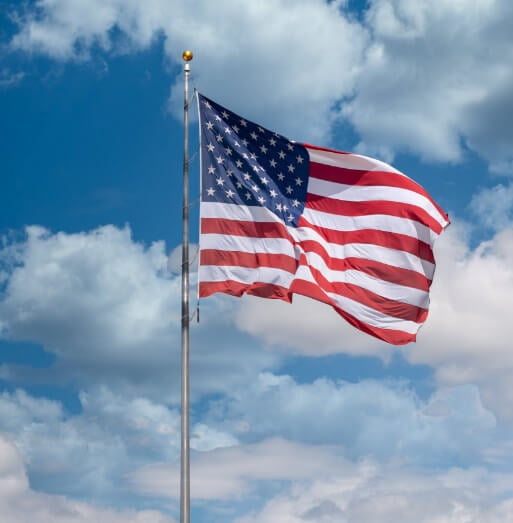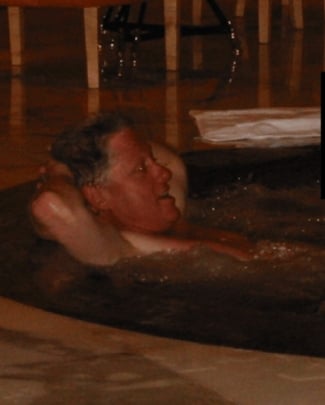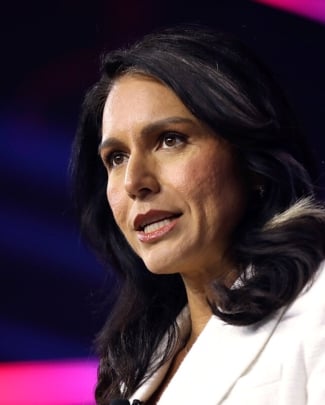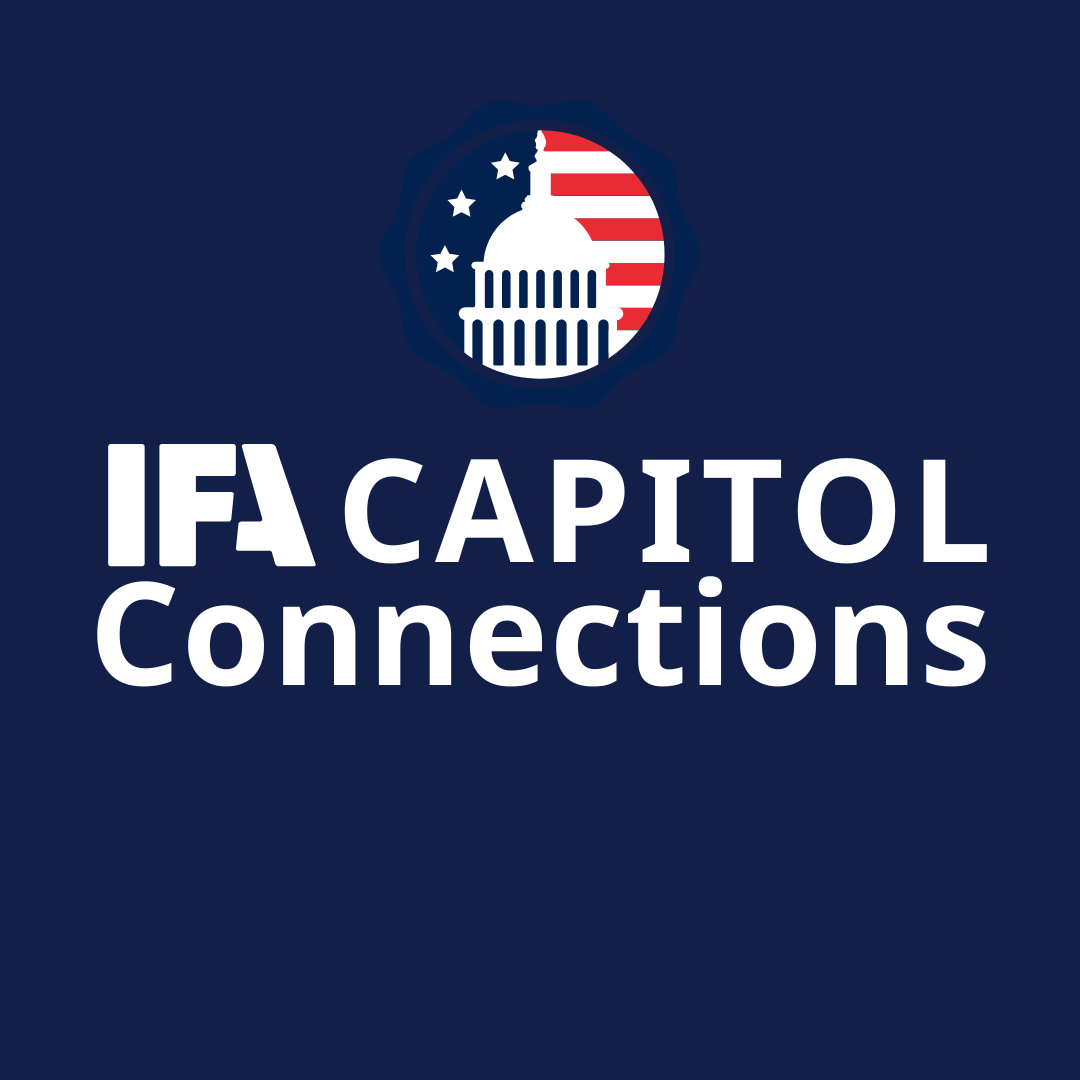HERE’S WHY BIDEN WANTS TO RETURN TO NUCLEAR DEAL
MINNEAPOLIS BRINGS IN OUTSIDE HELP IN LIGHT OF INCREASED VIOLENCE
CALIFORNIA MUST PAY CHURCH OVER 1 MILLION FOR RESTRICTING WORSHIP SERVICES
I WAS JUST WITH NEWT
WHY THE NATION’S EYES ARE ON IFA’S COUNTY
HERE’S WHY BIDEN WANTS TO RETURN TO NUCLEAR DEAL
Secretary of State Antony Blinken on Sunday acknowledged that Iran funds terrorist proxies across the Middle East, but confirmed that the Biden administration is looking to lift sanctions against the regime in Tehran anyway. . . .
On ABC’s “This Week,” host George Stephanopoulos noted that 42 Republican senators have urged President Biden to halt diplomatic talks in Vienna aimed at reviving the Obama-era Joint Comprehensive Plan of Action (JCPOA), to “make it clear that sanctions will remain in place because of Iranian funding of Hamas.”
“Do you believe that Iran is funding Hamas?” Stephanopoulos asked. “And if they are, should the sanctions stay in place?”
Blinken’s reply did not include the word “Hamas,” but he agreed that the regime was “engaged in a number of activities, including funding extremist groups, supporting terrorism more broadly, supporting very dangerous proxies that are taking destabilizing actions throughout the Middle East, [and] proliferating weapons.”
However, he continued, “an Iran with a nuclear weapon or with the capability to build one in very short order is going to act with even greater impunity in those areas, which just adds to the urgency of trying to put the nuclear problem back in the box that the nuclear agreement put it in.” . . .
“But the first thing that we need to do is put the nuclear problem back in the box,” he said. He confirmed again that a return to the JCPOA will entail the U.S. lifting sanctions that are “inconsistent with the nuclear agreement.” . . .
Critics of the JCPOA take issue with the argument that the 2015 agreement effectively put the nuclear issue “in a box,” as its proponents contend.
In withdrawing from the deal, the Trump administration pointed to weaknesses such as the agreement’s failure to guarantee that the regime open all of its suspect military sites to international monitoring, and “sunset” provisions for many of the key restrictions places on the regime. . . .
The JCPOA “adoption day” was in October 2015, so the first of those sunsets would have kicked in as early as March 2024, when prohibitions on the manufacturing of more advanced IR-6 and IR-8 centrifuges to boost its uranium stockpile were due to have fallen away. (The JCPOA limited Iran to operating older and slower IR-1 centrifuges.)
And as early as October 2025, a range of other enrichment-related restrictions would have been lifted.
In the event, Iran moved away from the restrictions in response to President Trump’s withdrawal from the deal.
But the Biden administration is keen to revive the JCPOA in its current form – “the original deal, as it was,” Blinken told CNN’s Fareed Zakaria on Sunday. . . .
Blinken told Zakaria that the U.S. could use the return to the original deal as a foundation to see if it could be made “potentially longer and stronger.”
Iranian officials have repeatedly rejected the notion that the regime would be prepared to renegotiate the JCPOA, and with U.S. sanctions lifted again, it would face little pressure to do so. . . .
What the campaign did do, however, was financially squeeze the regime and force cutbacks in its military spending – which includes funding terrorist proxies in the region.
The U.S. Defense Intelligence Agency in a 2019 report to Congress said Iran’s military spending had risen significantly as a result of JCPOA sanctions relief, before dropping again in 2019, due to “the reimposition of U.S. oil and banking sanctions, the depreciation of the Iranian rial, and chronic economic mismanagement.”
The DIA reported that almost 30 percent of the regime’s defense budget goes to the Islamic Revolutionary Guard Corps (IRGC) – more than twice as much as to the larger conventional military. The IRGC and its Qods Force oversees the regime’s terrorist proxies in Gaza, Lebanon, Syria and Yemen.
According to the Stockholm International Peace Research Institute, a leading non-governmental expert source on military expenditure, Iran’s military spending rose from $11.1 billion in 2015 to $13.9 billion in 2017 – a 25.2 percent increase. . ..
In addition to direct government funding, the IRGC benefited indirectly from the lifting of sanctions as it has financial interests across many sectors.
Share your prayers and thoughts on this article below!
(Excerpt from CNS News. Article by Patrick Goodenough. Photo by Drew Angerer/Getty Images)
Partner with Us
Intercessors for America is the trusted resource for millions of people across the United States committed to praying for our nation. If you have benefited from IFA's resources and community, please consider joining us as a monthly support partner. As a 501(c)3 organization, it's through your support that all this possible.


We use cookies to ensure that we give you the best experience on our website. If you continue to use this site we will assume that you are happy with it. Privacy Policy





Comments
No comments have been posted yet; you can be the first!